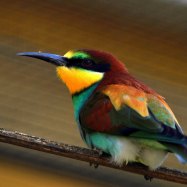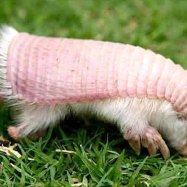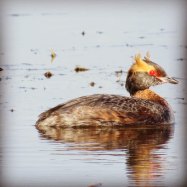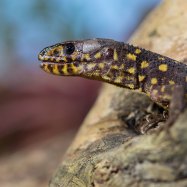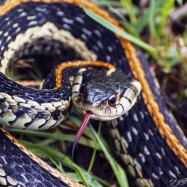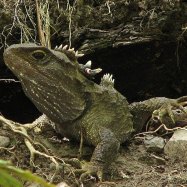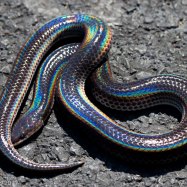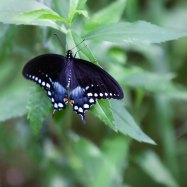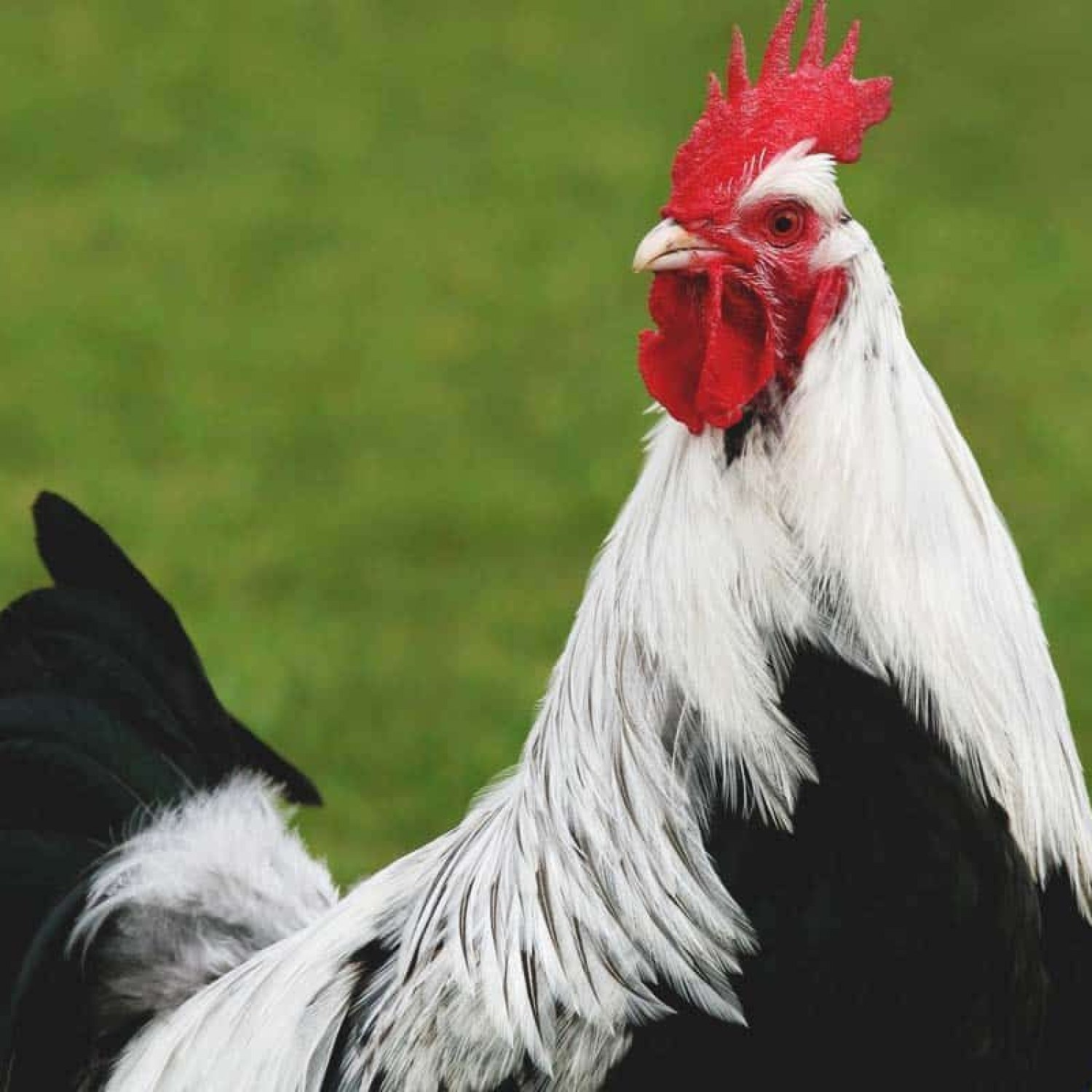
Dorking Chicken
Approximately 20 inches
The Dorking Chicken, known for its rectangular and medium-size body shape, is a popular breed found in various countries worldwide. These friendly birds can reach up to 20 inches in length and belong to the family Phasianidae. Keep reading to learn more about this charming and versatile breed. #DorkingChicken #Phasianidae #Poultry #FarmAnimals
Animal Details Summary:
Common Name: Dorking Chicken
Kingdom: Animalia
Habitat: Farmland
Meet the Dorking Chicken: A Unique Addition to Your Backyard Flock
When most people think of chickens, they probably picture the standard white or brown birds with feathery heads and a clucking sound. But have you ever heard of the Dorking chicken? This fascinating breed is anything but ordinary, with a rich history and unique physical characteristics that set it apart from other chickens. In this article, we will take a closer look at the Dorking chicken, from its scientific classification to its geographical distribution, and explore why it might just be the perfect addition to your backyard flock.The History of the Dorking Chicken
Before we delve into the specifics of this intriguing bird, let's take a trip back in time to explore its history Dorking Chicken. The Dorking chicken is thought to be one of the oldest chicken breeds in England, with records dating back to the time of the Romans in the 1st century AD. It is believed to have been brought to the United Kingdom by the Romans, who used it for both meat and egg production.Over the centuries, the Dorking chicken became a popular breed among farmers in England, known for its excellent meat quality and high egg production. In fact, it was so valued that it became known as the "bird of royalty" due to its popularity among the British monarchy. Its connection to royalty doesn't stop there, as it is also said that King Henry VIII was a fan of the Dorking chicken and even had a special breed with five toes – one for each of his six wives.
The Anatomy of a Dorking Chicken
Now, let's dive into the nitty-gritty of what makes a Dorking chicken unique. The Dorking chicken's scientific name is Gallus gallus domesticus, and it falls under the Kingdom Animalia, Phylum Chordata, Class Aves, Order Galliformes, and Family Phasianidae. Its common name, Dorking chicken, is derived from the English town of Dorking, where the breed was developed.The Dorking chicken is a medium-sized bird with a rectangular body shape, standing at around 20 inches in length Dinopithecus. One of its most distinctive features is its five toes, which is a genetic mutation unique to this particular breed. Most chickens have four toes, making the Dorking chicken stand out in a crowd. Its feet are also well-suited for foraging, with a broad and flat shape ideal for scratching and digging in the dirt.
Color Variations and Habitat
Another standout feature of the Dorking chicken is its coloration. While most chickens come in standard colors such as white or brown, the Dorking chicken has a variety of color variations. You can find Dorking chickens in white, black, silver, or red. This vibrant diversity adds an extra element of appeal to this breed, making them a colorful addition to any backyard flock.The Dorking chicken is also well-adapted to a specific habitat – farmland. This breed prefers to roam freely in open spaces and enjoys scratching and foraging for food in the dirt. So if you have a backyard or farm with plenty of space and an area for your chickens to scratch, the Dorking chicken would feel right at home.
The Dorking Chicken's Diet
As with most chickens, the Dorking chicken is omnivorous, meaning it eats both plants and animals. These birds require a balanced diet, consisting of a mix of grains, seeds, fruits, and insects. This diet can be supplemented with commercial chicken feed, which should provide them with all the necessary nutrients to maintain their health and vitality. When given the right food, Dorking chickens are known to produce high-quality, delicious meat and eggs.Distribution and Country of Origin
While the Dorking chicken's origins can be traced back to the United Kingdom, this breed is now found in various countries worldwide. It is most prevalent in Europe, but you can also find Dorking chickens in North America, Australia, and South Africa. This geographic distribution is a testament to the breed's popularity and adaptability, making it a sought-after addition among chicken keepers all over the world.Is the Dorking Chicken Right for You?
Now that you know all about the Dorking chicken's unique characteristics, you might be wondering if it is the right choice for your backyard flock. The answer will depend on your needs and preferences, but here are a few things to consider before bringing home a Dorking chicken:- Do you have plenty of space for your chickens to roam and forage?
- Are you looking for a breed with a rich history that adds character to your flock?
- Are you interested in a colorful and distinctive chicken breed?
If you answered yes to these questions, the Dorking chicken might just be the perfect addition to your backyard flock. Not only will it bring diversity and character to your flock, but it will also provide you with delicious eggs and meat.
So why not consider adding a Dorking chicken to your flock? With its unique physical characteristics, rich history, and adaptability, it is sure to be a wonderful addition to any backyard or farm. Plus, who wouldn't want to say they have a chicken breed originally favored by royalty in their backyard? So go ahead and welcome a Dorking chicken into your flock – you won't regret it.

Dorking Chicken
Animal Details Dorking Chicken - Scientific Name: Gallus gallus domesticus
- Category: Animals D
- Scientific Name: Gallus gallus domesticus
- Common Name: Dorking Chicken
- Kingdom: Animalia
- Phylum: Chordata
- Class: Aves
- Order: Galliformes
- Family: Phasianidae
- Habitat: Farmland
- Feeding Method: Omnivorous
- Geographical Distribution: Europe
- Country of Origin: United Kingdom
- Location: Various countries worldwide
- Animal Coloration: White, black, silver, or red
- Body Shape: Medium-size, rectangular
- Length: Approximately 20 inches
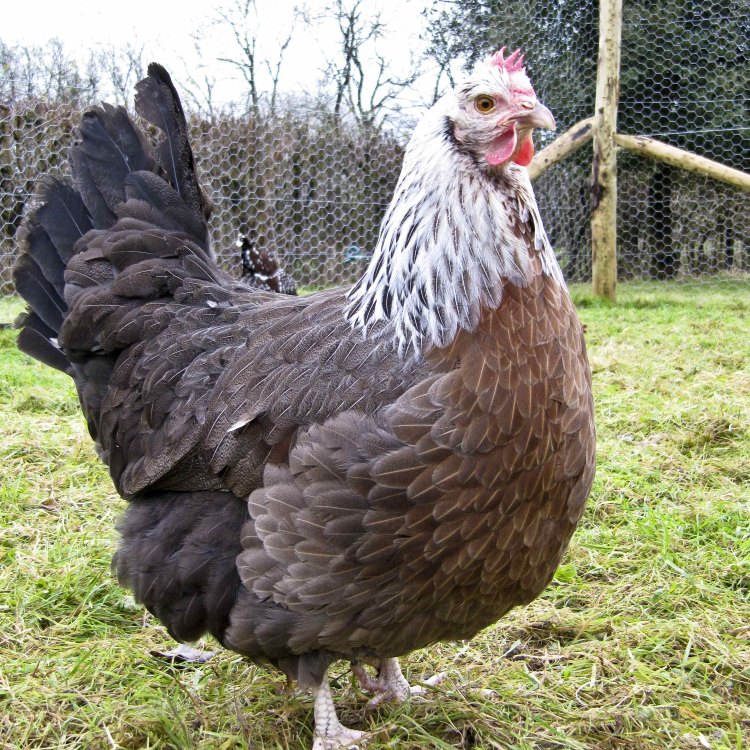
Dorking Chicken
- Adult Size: Large
- Average Lifespan: 5-10 years
- Reproduction: Sexual reproduction
- Reproductive Behavior: Breeding season
- Sound or Call: Varies
- Migration Pattern: Non-migratory
- Social Groups: Flocks
- Behavior: Docile, calm
- Threats: Predators, diseases
- Conservation Status: Not evaluated
- Impact on Ecosystem: Seed dispersal, pest control
- Human Use: Egg and meat production, show birds
- Distinctive Features: Short legs, five toes, large breast
- Interesting Facts: One of the oldest known chicken breeds
- Predator: Foxes, snakes, birds of prey
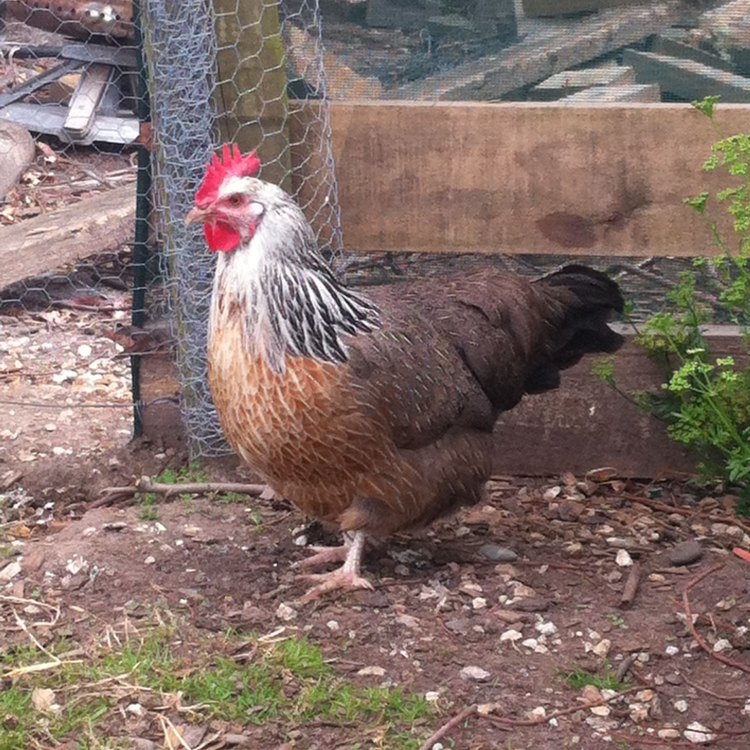
Gallus gallus domesticus
The Fascinating World of Dorking Chickens: From Ancient Breed to Natural Ecosystem Helpers
When one thinks of chickens, the image of a plump, fluffy bird with a distinctive red comb and beak may come to mind. But did you know that there is a chicken breed that has short legs, five toes, and a large breast? This unique breed is called the Dorking Chicken, and it has a long and interesting history that spans over hundreds of years.But what makes the Dorking Chicken so special? In this article, we will take a closer look at this ancient breed, its characteristics, behavior, and its impact on the ecosystem. Get ready to be amazed by the fascinating world of Dorking Chickens PeaceOfAnimals.Com.
Origin and History
The Dorking Chicken is believed to have originated in the town of Dorking in Surrey, England, during the Roman occupation in the 1st century AD. Back then, it was known as the "Durock" or "Dorough" chicken, named after the town it was bred in. However, some sources say that the breed may have originated even earlier, dating back to the Roman invasion of Britain in 54 BC.
During the Roman occupation, the Dorking Chicken was considered a delicacy and was mainly raised for its meat. The Romans were so fond of this breed that they brought it back to Rome, where it gained popularity among the upper class.
In the 1800s, the Dorking Chicken became a popular breed in England and quickly gained recognition for its exceptional meat qualities. It was even said to be Queen Victoria's favorite chicken breed, and she kept a flock of them at Windsor Castle.
Distinctive Features
One look at a Dorking Chicken, and you will notice its unique physical features. This breed has short legs, which is a result of a mutation in its Fibromelanosis gene Dapple Dachshund. Fibromelanosis is a genetic condition that causes the chicken's skin and internal organs to be black. Dorking Chickens' black skin is also a result of this condition, making them distinctive from other chicken breeds.
Another distinct feature of the Dorking Chicken is its five toes. Most chicken breeds have just four toes, but the Dorking Chicken has an extra toe, referred to as the "fifth toe." This extra toe provides them with better balance and grip, making them excellent foragers.
The Dorking Chicken also has a large breast, which is a desirable trait for meat production. Due to its unique features, the Dorking Chicken is considered a rare breed and is highly prized by chicken enthusiasts.
Size and Lifespan
The Dorking Chicken is an adult sized bird, with males growing up to 9 pounds and females up to 7 pounds. They have a large, broad body and can reach a height of 20-24 inches.
In terms of lifespan, Dorking Chickens can live for 5-10 years, depending on their living conditions and level of care. With proper nutrition and care, they can live longer and continue to lay eggs for several years.
Behavior and Social Groups
Dorking Chickens are known for their docile and calm nature, making them popular birds for small backyard farms and families. They are not aggressive towards humans or other animals and are easy to handle. This makes them an excellent choice for beginners who want to raise chickens.
These chickens are social birds and prefer to live in flocks. In the wild, they form small groups for foraging and roosting. In captivity, Dorking Chickens can live in flocks or pairs, but it is best to keep them in groups for social interaction.
Reproductive Behavior and Breeding Season
Like most chicken breeds, Dorking Chickens reproduce through sexual reproduction. They reach sexual maturity at around 6-7 months of age and can lay up to 200 eggs per year. However, they may stop laying during the winter months when there is less daylight.
Dorking Chickens have a breeding season, usually during the warmer months, from spring to early fall. During this time, the males will court the females by performing a mating dance, which involves fluffing up their feathers and strutting around the females.
Once the mating is successful, the females will lay eggs, and they will incubate them for 21 days. When the chicks hatch, they will stay with the mother for a few weeks until they are strong enough to join the rest of the flock.
Sound or Call
The sounds and calls of Dorking Chickens vary from bird to bird. Generally, they are not very vocal birds and will mainly make noise when they are disturbed or sense danger. Some common sounds they make include clucking, cackling, and crowing, with roosters being the loudest.
Migration and Habitat
Dorking Chickens are non-migratory birds, meaning they do not migrate to different locations. They prefer to stay in one area where they have access to food, water, and shelter.
In the wild, Dorking Chickens prefer to live in forests, woodlands, and grasslands. They are also adaptable to different environments and are well-suited for backyard farming.
Threats and Conservation Status
Like all animals, Dorking Chickens face threats from predators and diseases. Their docile nature and lack of ability to fly make them vulnerable to predators such as foxes, snakes, and birds of prey.
In terms of diseases, Dorking Chickens are susceptible to common chicken diseases such as Marek's disease, coccidiosis, and avian influenza. However, with proper care and vaccinations, these diseases can be prevented.
Currently, the Dorking Chicken is not evaluated on the IUCN Red List and is not considered an endangered species. However, due to the decreasing popularity of this breed and the rise of modern chicken breeds, the Dorking Chicken is considered a threatened species by the Livestock Conservancy.
Impact on the Ecosystem
The Dorking Chicken may not seem like a significant player in the ecosystem, but it plays a crucial role in seed dispersal and pest control. As they forage for food, they unintentionally disperse seeds, which helps plants grow in new areas.
Furthermore, Dorking Chickens also help control pests such as ticks, slugs, and insects. This natural pest control method is beneficial to farmers and the environment, as it reduces the need for harmful chemicals.
Human Use
Since its early days in ancient Rome, the Dorking Chicken has been used for its meat and eggs. The meat is said to be delicious, tender, and has a rich, gamey flavor. The eggs are also highly valued for their larger size and nutritious yolk.
In modern times, Dorking Chickens are often kept as show birds and kept by chicken enthusiasts as hobby birds. They are also used for egg and meat production in small backyard farms.
Interesting Facts
As one of the oldest breeds of chickens, the Dorking Chicken has many interesting facts and stories surrounding it. One of the most fascinating facts is that during the Roman occupation, Julius Caesar is said to have brought the Durock chicken to Rome, and it was used to represent the Roman Empire. This fact is often disputed, but it adds to the mystery and allure of this ancient breed.
Another interesting fact is that Dorking Chickens have been mentioned in famous literary works, including William Shakespeare's plays and Geoffrey Chaucer's "Canterbury Tales." This further highlights the cultural and historical significance of this unique breed.
In Conclusion
The Dorking Chicken is more than just a chicken breed; it is a piece of living history. Its distinctive features, calm nature, and important role in the natural ecosystem make it a valuable and fascinating bird. As one of the oldest chicken breeds in the world, the Dorking Chicken is a testament to the enduring relationship between humans and animals and the importance of preserving our cultural and agricultural heritage.
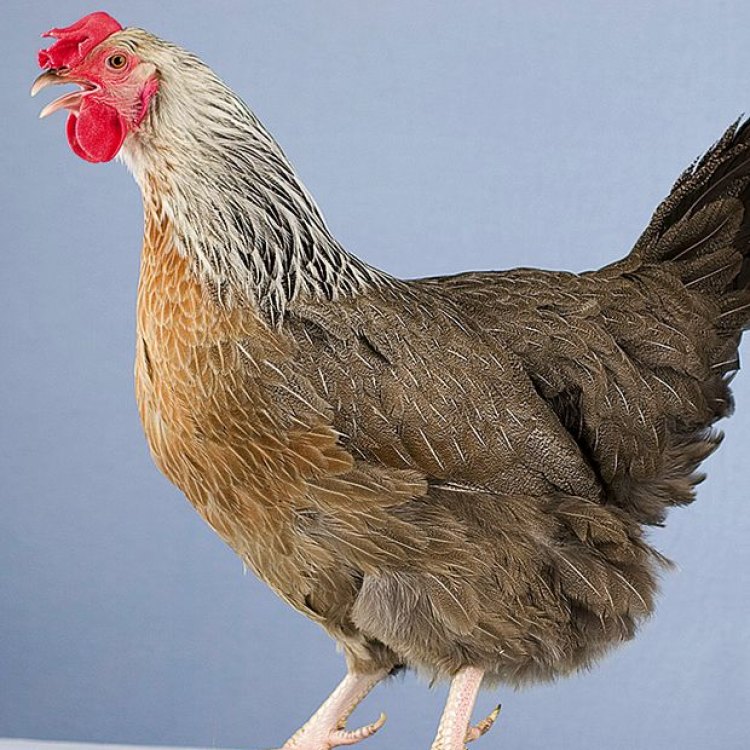
Meet the Dorking Chicken: A Unique Addition to Your Backyard Flock
Disclaimer: The content provided is for informational purposes only. We cannot guarantee the accuracy of the information on this page 100%. All information provided here may change without prior notice.

